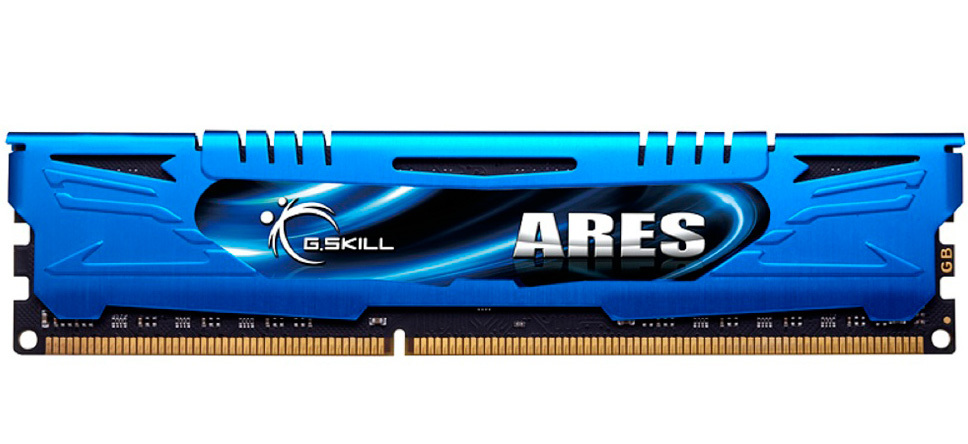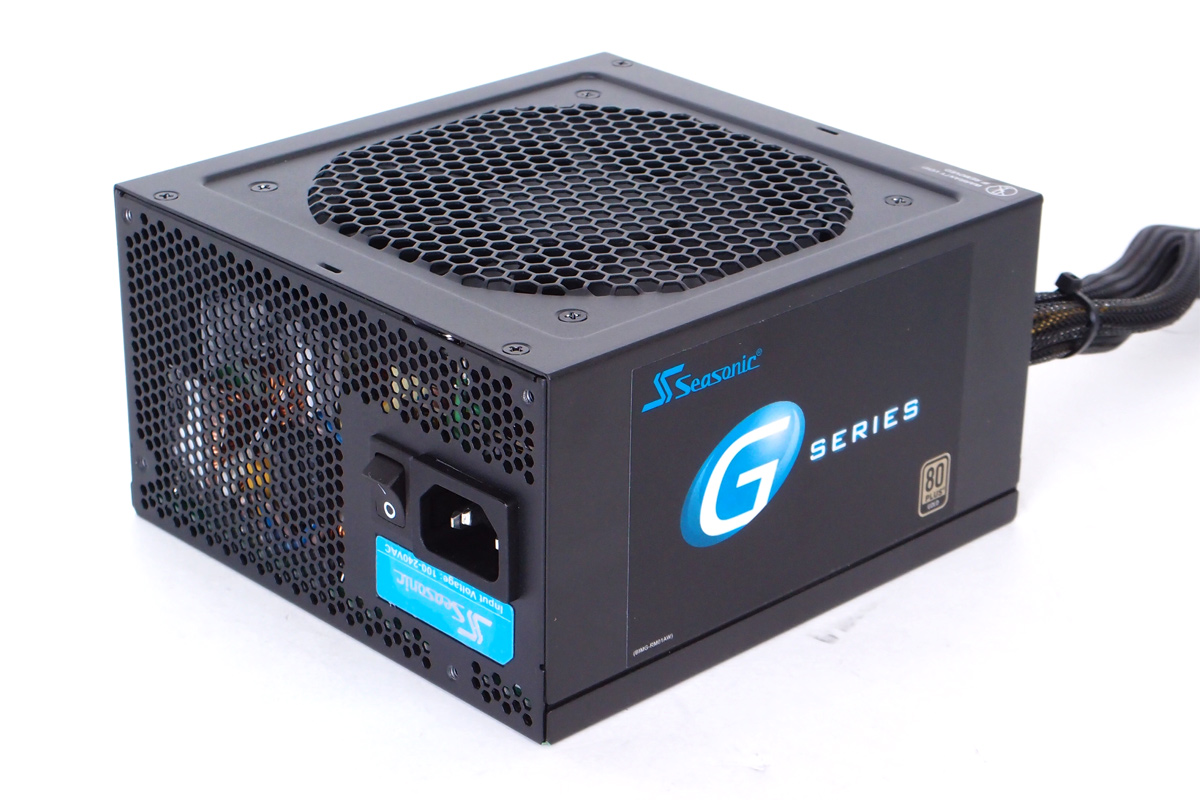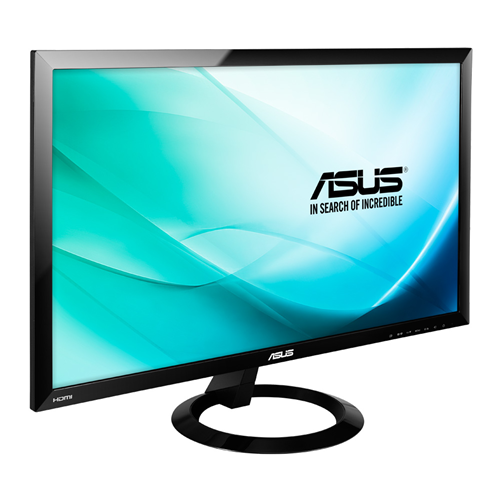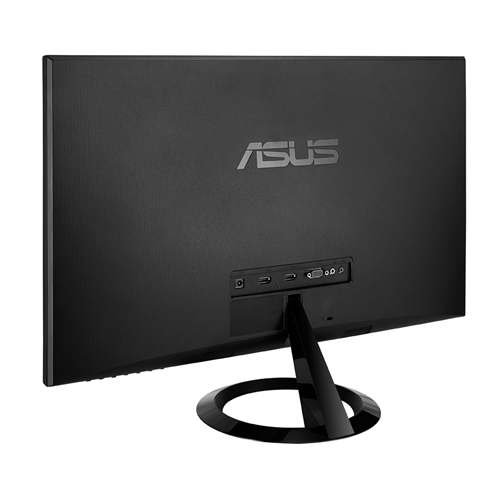AMD vs Intel
This week I am going to do a comparison of two gaming builds. AMD vs Intel. They both have their strong suits, but which one is better for gaming? I will break both builds down part by part. The budget I decided to go with is in the $1000 to $1100 price range. These being fairly powerful machines you would be looking at doing some rather impressive 1080p gaming across all titles. The AMD build will be going for a blue theme and the Intel a red theme.CPU:
 |
| Intel i5-4670K ($220) |
| AMD FX-8350 ($190) |
These two CPUs perform very similar when looking at performance across all cores. Games are beginning to use more cores which is why having a quad core or better is very necessary. Taking a look at single threaded or single core performance the i5-4670K wins by quite a bit. AMD on the other hand has created an 8-core CPU with a 4.0 Ghz clock that really excels at multi-core tasks like video editing, rendering, design, etc. The Intel chip however, requires less voltage and thus produces less heat making it a better choice for a small form factor case.
Since we are looking at primarily gaming performance the i5-4670K is your best bet if you have the budget for it. It costs around $30 more, but at this price range it's usually worth it. Better single core performance, similar multi-core, and lower heat output make it hard to beat.
CPUboss Comparison
CPUboss Comparison
Cooler:
Since both of the CPUs I chose for the builds are overclockable, meaning you can run them at faster speed than the factory set default, you will want a cooler because they put out more heat than the stock fans can handle. I have used this cooler before; the Phanteks PH-TC12DX. It comes in a few different colors for your personal preferences. The cooler comes with two 120mm fans for a push/pull setup that will provide optimum cooling while staying very quiet in the process. There is nothing worse than a CPU fan that sounds like a jet engine. At $60 this cooler is a great value due to it's colored heatsink as well as the two stock fans. The red version is on sale at the moment for $47.
 |
| Blue ($60) |
Motherboard:
 |
| MSI 99FXA-GD80V2 ($170) |
For the AMD build I have chosen the MSI 990FXA-GD80V2. This is the flagship 990FX chipset that comes with all the bells and whistles. Full overclocking support using MSI's OC Genie, robust heatsink array for optimum cooling, crossfire/SLi capability, THX 7.1 audio, and just an overall sexy look. This has everything you might need to get the most out of your other components. This is a standard sized ATX board that will fit in most mid-tower and full-tower cases. The socket type for the board is AM3+. The AM3+ socket supports all FX series chips all the way up to the powerful FX-9590 if you wanted to upgrade.
 |
| MSI Z87-GD65 Gaming ($175) |
For the Intel system I chose another great board from MSI. This board features the Z87 chipset with full overclocking support using MSI's OC Genie for super easy overclocks, Sound Blaster 7.1 audio, crossfire/SLi support, and the Killer 2200 nic, which is a special Ethernet port that gives internet priority during gaming situations to help prevent lag. The red/black coloring with dragon emblem is very stylish. The heatsink array is shaped like the dragon emblem and will provide adequate cooling for the vital components. This is also an ATX board that sports the 1150 socket type that is compatible with all 4th generation Core i3, i5, and i7 Haswell chips.
RAM:
Memory isn't a tough decision for the most part. When looking for the right RAM you need to look at the speed, CAS latency, and color. The standard speed and latency is 1600/9 respectively. If your RAM matches those specs you are fine for gaming. Then you want to make sure your colors match your theme, if you have one. I chose blue for the AMD and red for the Intel. Gaming doesn't require very much memory so 8 GB is plenty. These kits come in a pack of two 4 GB sticks so if you wanted to add another kit for 16 GB that is a great upgrade option if you get into editing work.
 |
| G.Skill Ares ($75) |
Storage:
Choosing the right storage device for your system isn't a difficult choice. Not everyone needs a ton of space for all of their files, while others need a whole lot. Games are usually quite large so I went with a 2 Tb Seagate Barracuda. This will give you plenty of room for your operating system, music, movies, games, and anything else you might need to store. At 7200 RPM this is a fast and reliable hard drive that isn't going to break the bank at around $80.
The graphics card is the most vital part of any gaming build. I chose two different varieties of the Nvidia GTX 760 for these two builds. The 760 is a great value at around $260. The card, having 2Gb of VRAM, will have no problems handling most modern games, full settings, at 1080p.
 |
| EVGA GTX 760 ($260) |
For the AMD build I went with the EVGA card. There aren't any blue colored 760s, however the gray shroud is easily removed and could be painted for a great custom look. The card requires a 6 pin and 8 pin PCI-E connector from your power supply and will remain quiet and cool due to EVGA's ACX cooling system.
 |
| ASUS GTX 760 ($250) |
I chose the ASUS card for the Intel system due to its' red and black color scheme. The card requires a single 8-pin PCI-E connector from your power supply. ASUS's DirectCU II cooling system with massive heat pipes will keep this card running cool and quiet, even when overclocks have been applied.
PSU:
The power supply is easily the most important part of having a properly working system. Without it, none of the other components will be able to run. If you cheap out on a low end unit you could run the risk of frying your entire computer.
 |
| Seasonic G-650 ($100) |
For the AMD system I chose the Seasonic G-650. This is a 650 watt power supply with an 80+ Gold efficiency rating. It is a tier 2 unit making it a nearly top end unit without the super high price tag. It is semi-modular meaning only the required cables are permanent and the extra cables can be added as you need them. This makes it great for taking care of cables and making your case look clean and tidy. The blue logo on the side made it a clear choice for the blue build.
 |
| Antec High Current Gamer 620 ($90) |
I decided on the Antec High Current Gamer 620 watt for the Intel system. This is a 620 watt unit with an 80+ Bronze certification. It is also a tier 2 unit making it extremely reliable and not nearly as expensive as tier 1. This unit is also semi-modular making cable management easier. The red sticker on the side made it a perfect match for the red theme.
CASE:
Choosing a case is simple. If your components fit and you like the look then get it. Everyone has their own style when it comes to cases so I kept it fairly plain, but classy. The Fractal Design Define R4 is a spacious mid-tower that comes in three varieties: Black Pearl, Titanium Grey, and White. The side, top, and front panels are lined with silencing foam to help keep your case quiet. There is a built in fan controller with a switch on the top panel for quiet fan operation when you need silence. The hard drive bays are removable to increase direct airflow from the front fan across your GPU and other motherboard components. I have seen this case go on sale for around $80, but I would say $100 is a good average price. This is a premium level mid-tower and is very highly rated.
I chose the Black Pearl for the AMD system due to the blue light on the top of the front panel and the White version for the Intel system due to the red light on the front panel.
Extras:
There are things that you may or may not need in a build. Those things include monitors, operating systems, keyboards, mice, and disc drives.
If you don't have a screen to use for your new system, TVs with HDMI work just fine, then I will give my recommendation for a quality monitor of similar caliber to the build. This is the ASUS VX248H. Coming in at around $200 this is a great gaming monitor. At 24" it's large, but not too large as to stretch out 1080p to look pixelated. With a 1 ms response time expect no ghosting or seeing multiple images when fast motions are being displayed.
Operating systems like Windows 7 Home Premium carry a decent price tag at around $90. If you have an old computer with a good licence you can pull the old and use it on the new to save a little money. Reddit subreddit /r/softwareswap is a great place to get a good key for a clean install. You can get a key for less than half of the retail price.
Keyboards and mice are personal. Some people like fancy ones while others could care less. If you want my recommendation on what you should be looking for I can help, but I'm not going to list anything here because the list would be too long.
Disc drives are a less than $20 item that most people use once; to install the OS. If that is your only need for one then save yourself a little money and install the OS using a USB stick.
There are also aesthetic type parts that can really add the finishing touches on any custom PC. Things like red sleeved cable extensions really make a build look classy. If you like lights, the NZXT Hue is the best lighting system for your case's window. It has RGB knobs so you can tune the color to your liking, as well as set it to flash, pulse, or turn off completely.
 |
Bitfenix Sleeved Cable Extension (Red) |
| NZXT Hue |
Conclusion:
If you've made it all the way here I must give you an internet high five. I'm sorry if I confused you to death with technical jargon, but there is no other way to do it. All in all either system that you would decide to go with is going to be a great performer at 1080p. They will both be fast, reliable, and cool looking. The color schemes are only personal preference and are completely optional of course, but if you're going to be spending this kind of money on something shouldn't it look awesome?
Final Cost:
AMD System:
PCPartPicker part list: http://pcpartpicker.com/p/2U73y
CPU: AMD FX-8350 4.0GHz 8-Core Processor ($189.99 @ Amazon)
CPU Cooler: Phanteks PH-TC12DX_BL 68.5 CFM CPU Cooler ($59.99 @ Newegg)
Motherboard: MSI 990FXA-GD80V2 ATX AM3+ Motherboard ($171.49 @ Newegg)
Memory: G.Skill Ares Series 8GB (2 x 4GB) DDR3-1600 Memory ($74.99 @ Newegg)
Storage: Seagate Barracuda 2TB 3.5" 7200RPM Internal Hard Drive ($81.51 @ Amazon)
Video Card: EVGA GeForce GTX 760 2GB Video Card ($259.99 @ Amazon)
Case: Fractal Design Define R4 w/Window (Black Pearl) ATX Mid Tower Case ($122.98 @ Newegg)
Power Supply: SeaSonic 650W 80+ Gold Certified Semi-Modular ATX Power Supply ($99.99 @ Amazon)
Total: $1060.93
(Prices include shipping, taxes, and discounts when available.)
Intel System:
PCPartPicker part list: http://pcpartpicker.com/p/2U7at
CPU: Intel Core i5-4670K 3.4GHz Quad-Core Processor ($219.99 @ Amazon)
CPU Cooler: Phanteks PH-TC12DX_RD 68.5 CFM CPU Cooler ($47.83 @ Amazon)
Motherboard: MSI Z87-GD65 Gaming ATX LGA1150 Motherboard ($177.99 @ Newegg)
Memory: Patriot Viper 3 8GB (2 x 4GB) DDR3-1600 Memory ($76.99 @ Newegg)
Storage: Seagate Barracuda 2TB 3.5" 7200RPM Internal Hard Drive ($81.51 @ Amazon)
Video Card: Asus GeForce GTX 760 2GB Video Card ($249.99 @ Newegg)
Case: Fractal Design Define R4 w/Window (White) ATX Mid Tower Case ($99.99 @ Newegg)
Power Supply: Antec High Current Gamer 620W 80+ Bronze Certified Semi-Modular ATX Power Supply ($89.99 @ Amazon)
Total: $1044.28
(Prices include shipping, taxes, and discounts when available.)









No comments:
Post a Comment